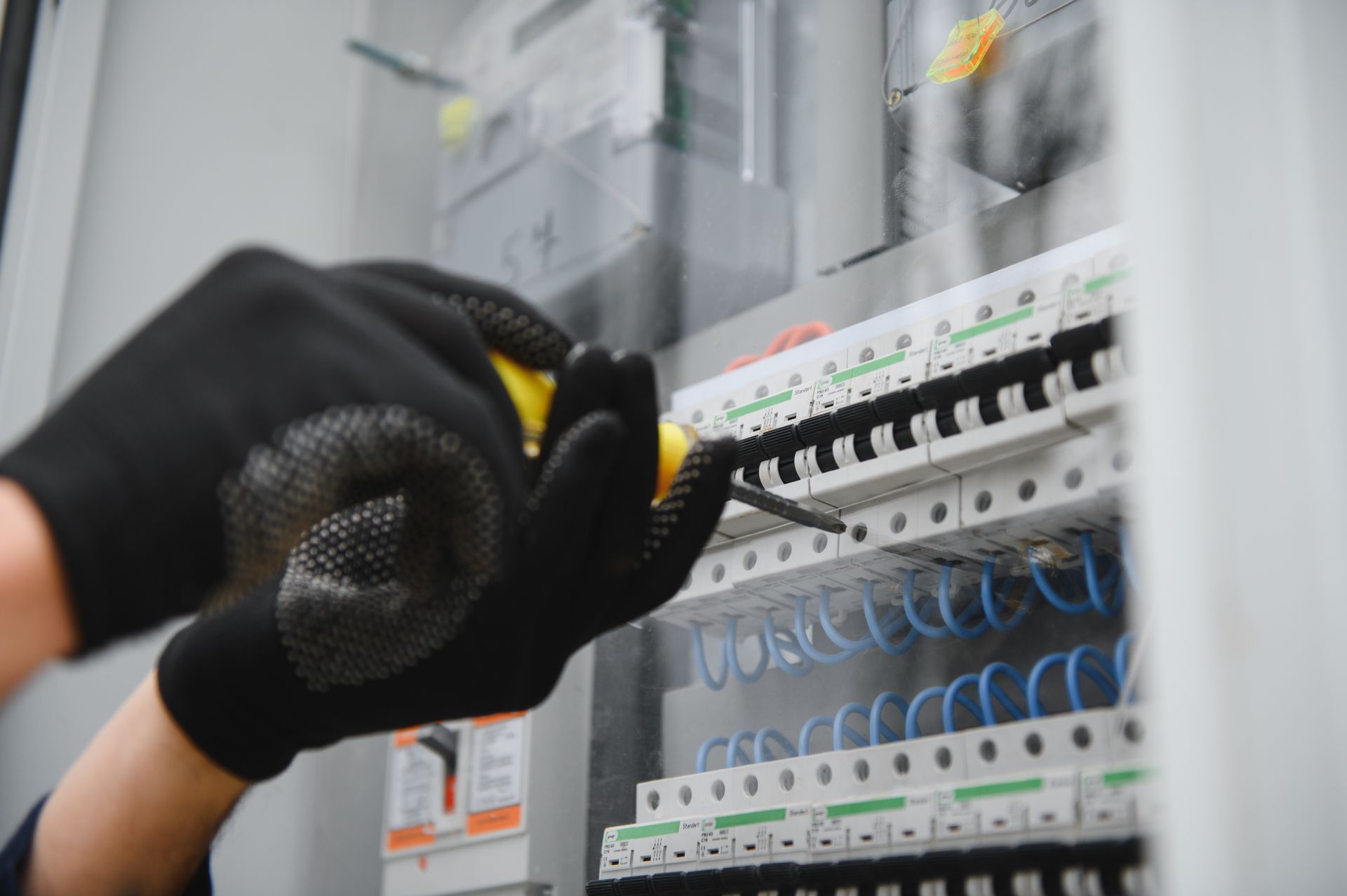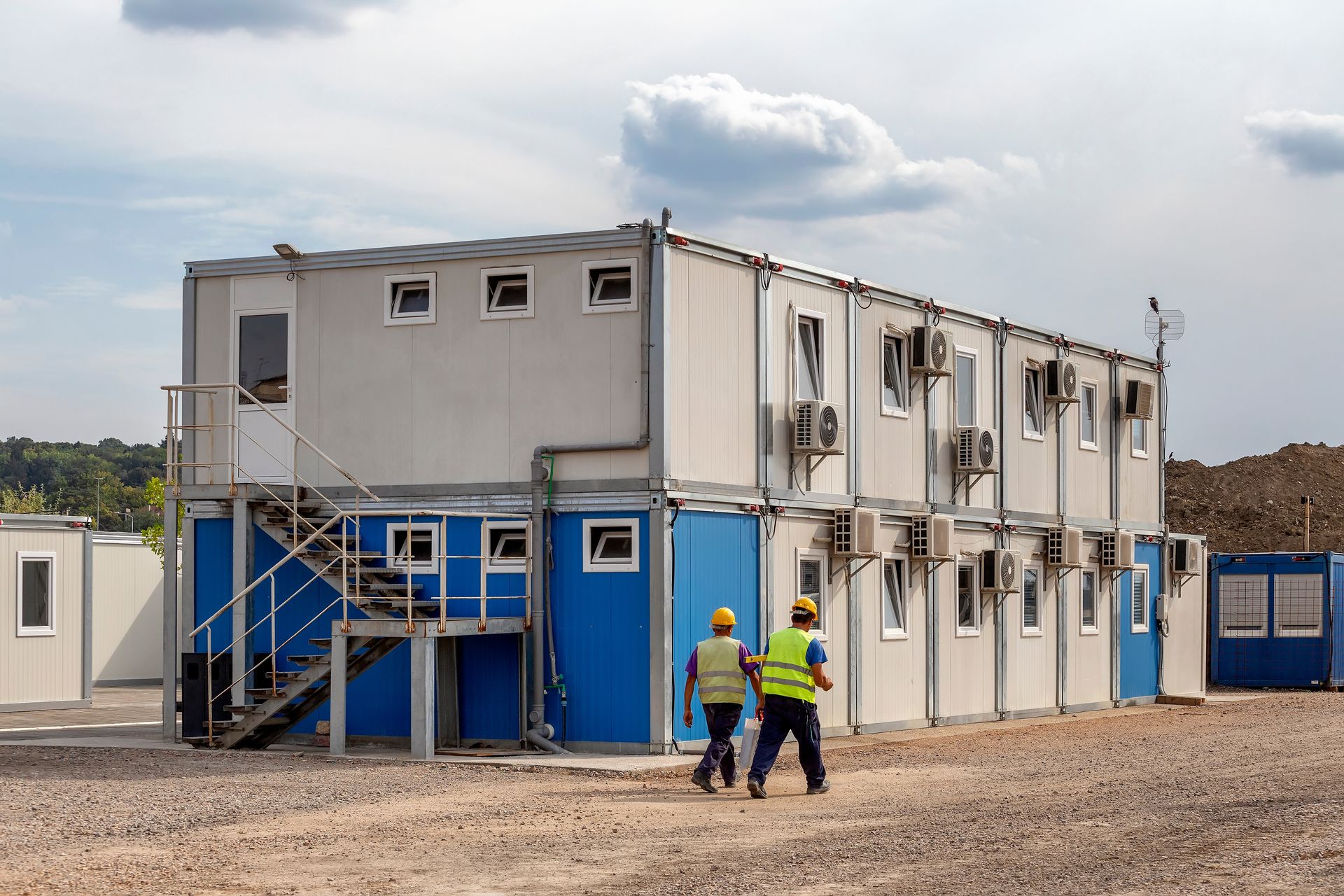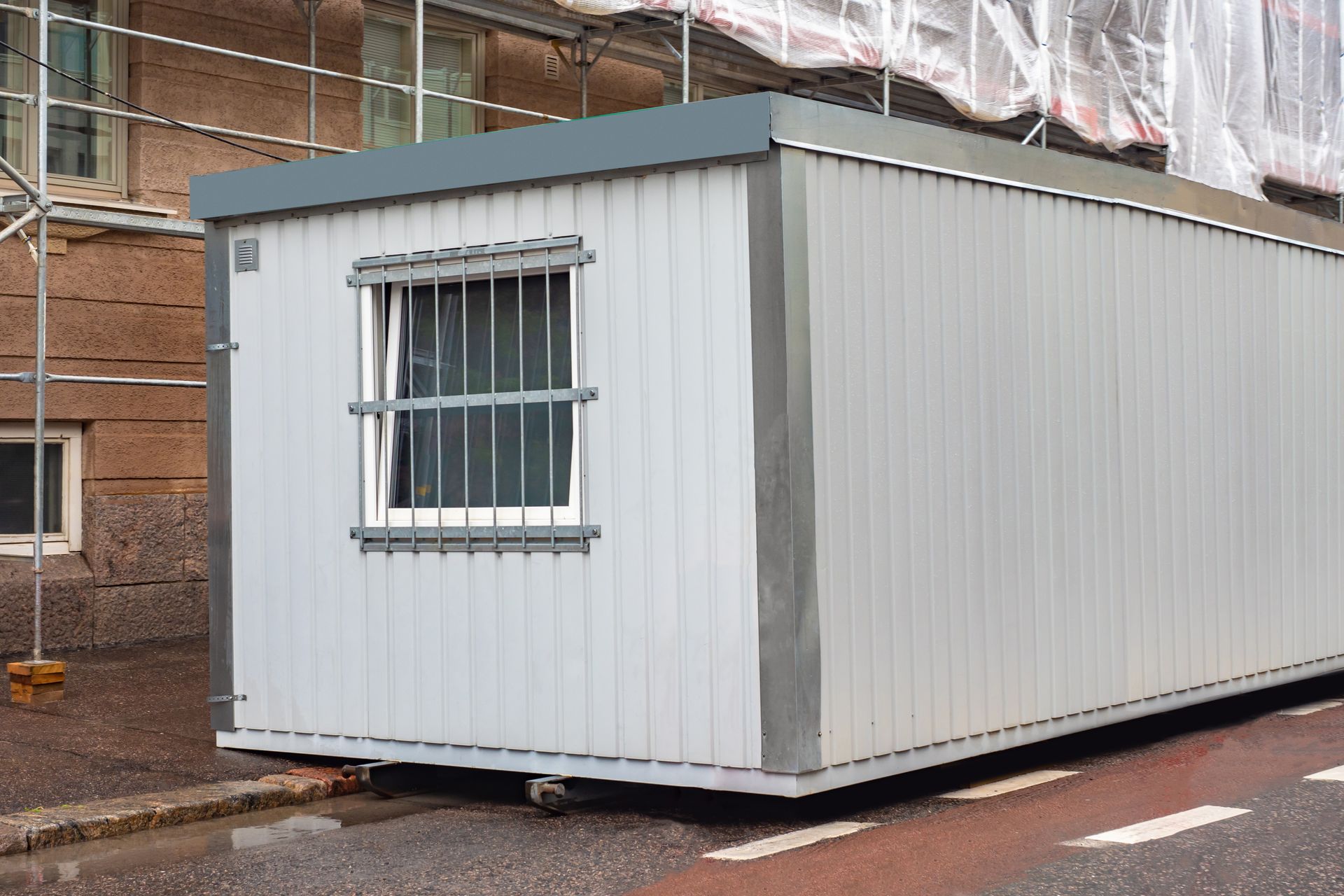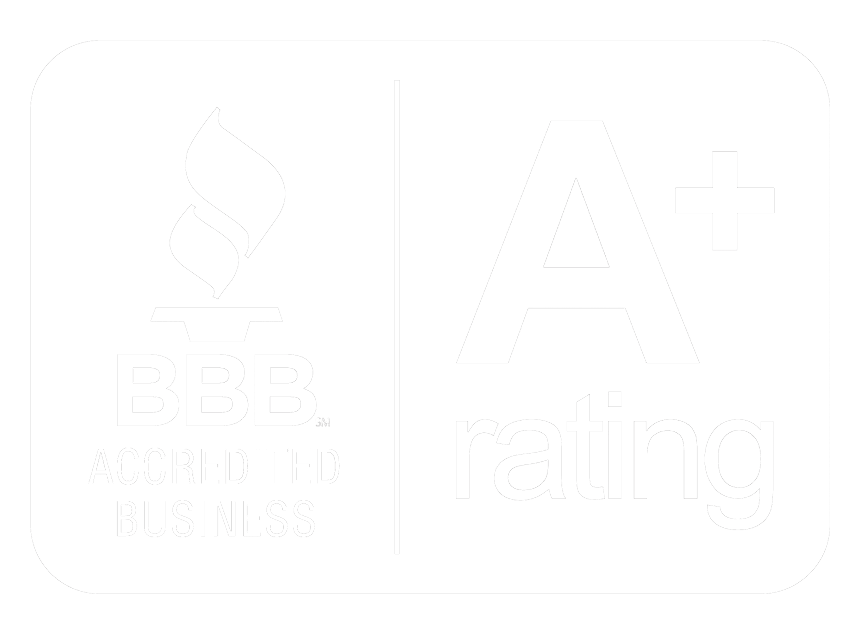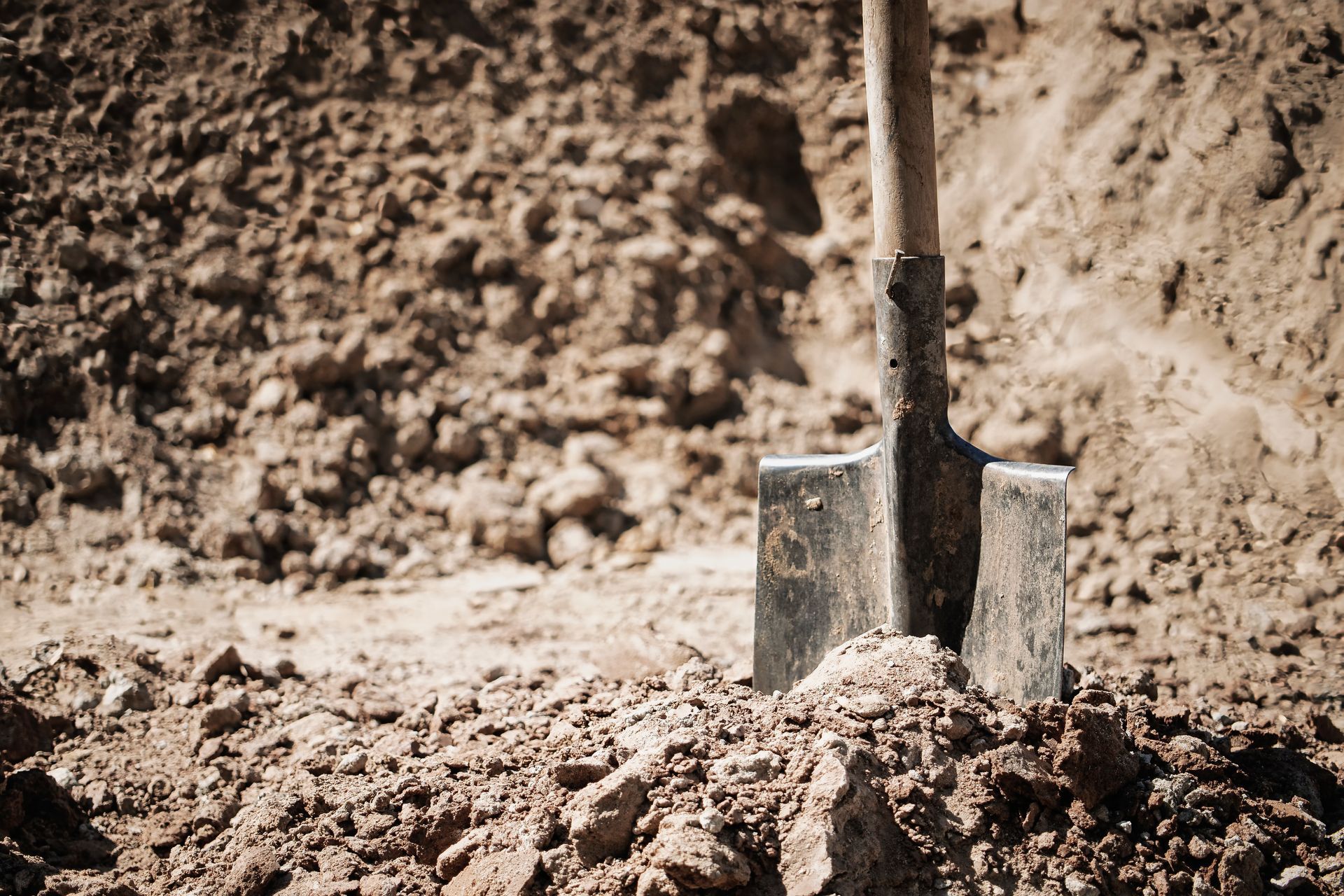
A portable building’s performance begins long before the walls go up. The foundation beneath it, whether gravel, concrete or block, determines how well it resists moisture, settling and the stresses of Florida’s weather. Even the best-built structure will deteriorate faster if the ground below isn’t properly prepared.
At Bestway Portable Buildings, every unit is designed to sit square, stay dry and hold up to years of Gulf Coast conditions when installed on a correctly graded and leveled base.
Why Proper Site Prep Matters
A well-prepared site keeps a portable building stable and dry. When a surface isn’t level or doesn’t drain properly, the structure shifts over time. That movement can lead to warped floors, sticking doors and gaps where moisture enters. In Florida’s humid climate, poor drainage also encourages mold, mildew and rot in the skids or floor system.
Correct site preparation distributes the load evenly and creates a solid interface between the ground and the building’s treated foundation. It’s a one-time step that prevents years of maintenance issues and helps preserve both appearance and structural integrity.
Grading and Drainage Basics for Portable Buildings
Proper grading doesn’t require heavy excavation equipment, just careful shaping of the topsoil. The goal is simple: water should flow away from the building in all directions. For most small and mid-sized portable structures, a gentle slope of two to three inches over 10 feet is sufficient.
In Panama City and surrounding areas, sandy soils are common and generally drain well, but they can erode under heavy rain if not compacted. When preparing a site, it’s smart to remove vegetation, level the surface, and check that no low points allow water to collect beneath the building. Even a few inches of standing water after a storm can shorten the life of a shed’s wooden base.
Leveling and Base Material Options
Bestway Portable Buildings’ structures can be set on several foundation types, depending on the building size, intended use and customer preference.
Compacted Gravel Base
A compacted gravel pad provides excellent drainage and stability for most storage buildings. It’s affordable, easy to maintain and prevents water from pooling beneath the structure. Gravel also allows some flexibility if future leveling adjustments are needed.
Concrete Pad
For larger units like garages, workshops or commercial storage buildings, a poured concrete slab offers long-term support and a smooth, solid surface. It resists settling and is ideal for heavy loads or equipment.
Concrete Blocks or Piers
Smaller portable buildings can rest securely on concrete blocks or piers placed at key support points. This setup lifts the structure slightly above ground level, promoting air circulation under the floor system while keeping the cost of site prep low.
Regardless of base type, the key is a level, compacted surface. Bestway’s pressure-treated skids and joists are designed to sit flush on these standard foundation systems, maintaining alignment and stability.
Anchoring for Stability and Wind Resistance
Anchoring is critical in Florida, where seasonal storms bring strong winds. A properly anchored portable building resists both uplift and lateral movement. Bestway buildings include anchoring options suitable for typical local soil conditions. Tie-downs and ground anchors work with the framing to keep the structure secure without damaging the surrounding property.
In addition to protecting against wind, this step also keeps the building stable during minor soil shifts or flooding. Anchors are the last defense against movement that can cause structural strain over time.
Moisture Management and Long-Term Protection
Moisture is the main threat to any building’s longevity in humid coastal regions. Bestway’s portable buildings already incorporate pressure-treated lumber and raised floor systems to minimize exposure, but site conditions still matter.
A properly elevated foundation allows air to move under the structure, keeping the underside dry. Gravel or block bases encourage runoff and prevent trapped humidity.
Regular upkeep helps too, such as trimming vegetation, clearing debris and checking for signs of erosion after heavy rain. Together, these steps protect against rot and extend the life of both the floor and framing.
Ensure Your Portable Building in Panama City, FL Has a Solid Start With the Right Foundation
Even the best portable buildings are only as strong as the ground they rest on. With decades of experience serving Northwest Florida, the team understands local soils, drainage patterns and weather extremes.
Whether you’re adding a storage shed, garage or workshop, Bestway Portable Buildings’ construction expertise, durable materials and thorough site preparation ensure a stable foundation for long-term performance. To discuss site prep recommendations or building options, call (850) 747-8974.

